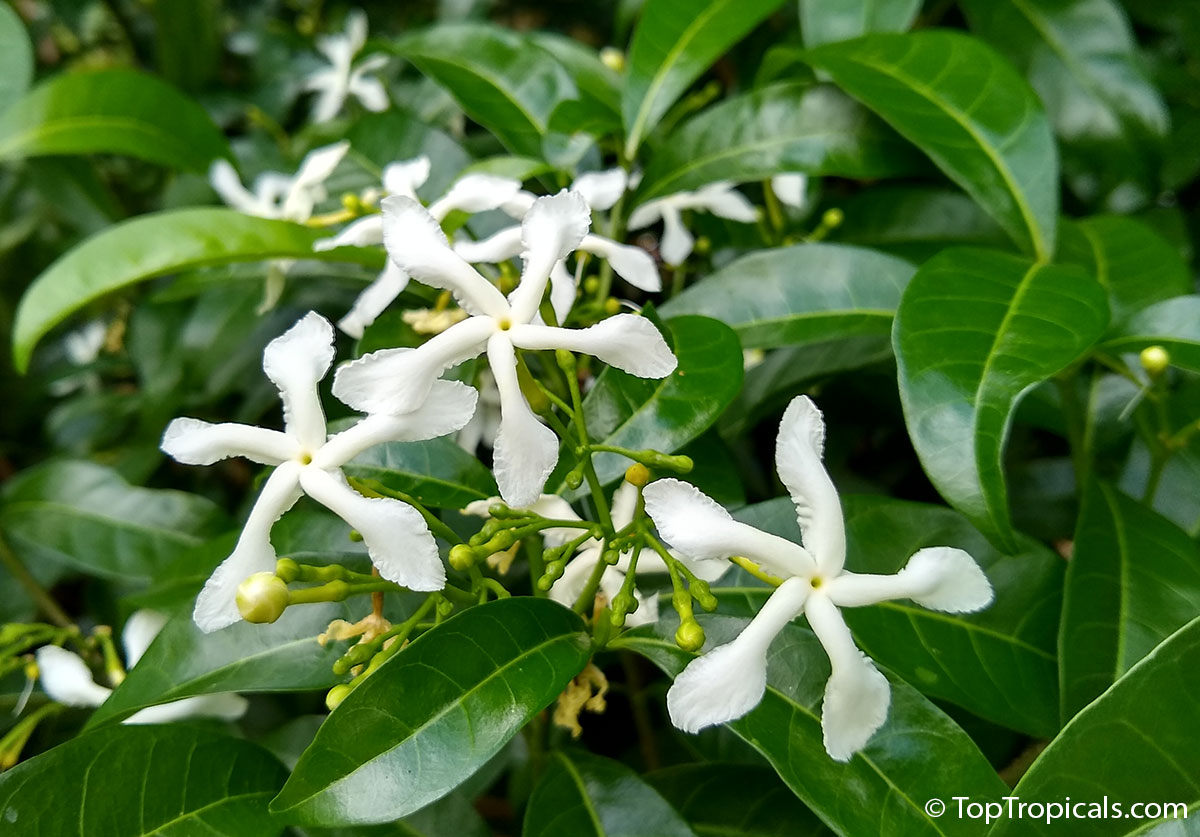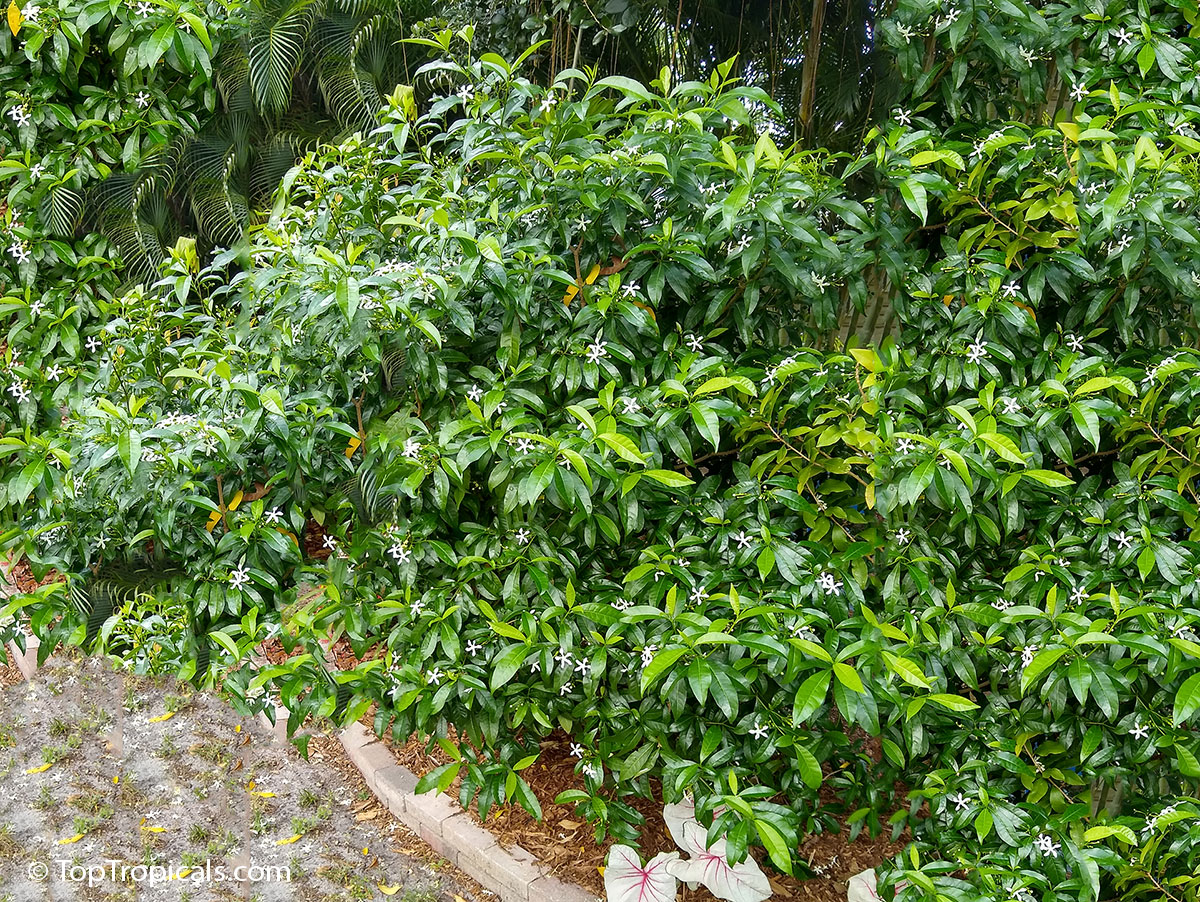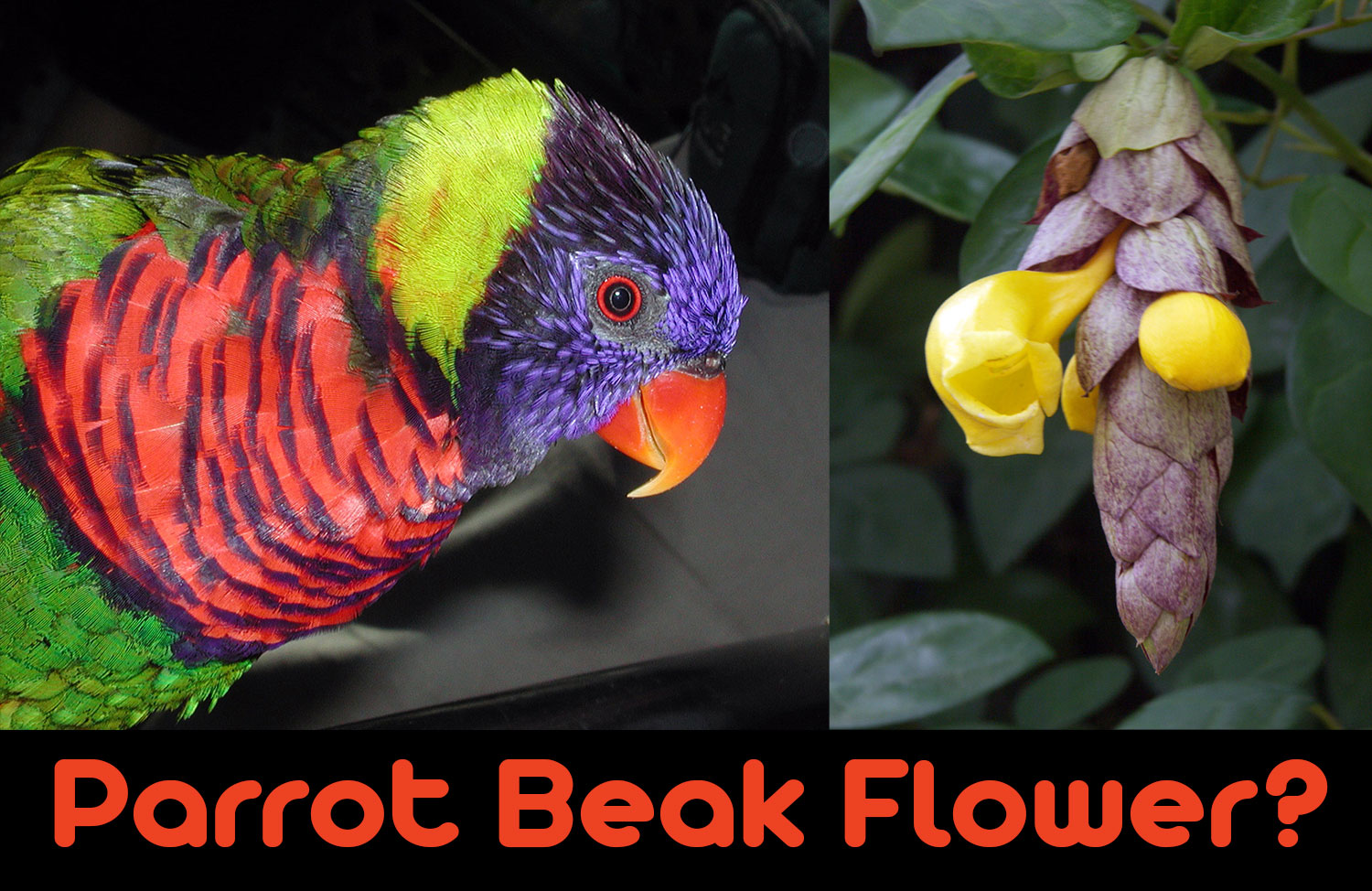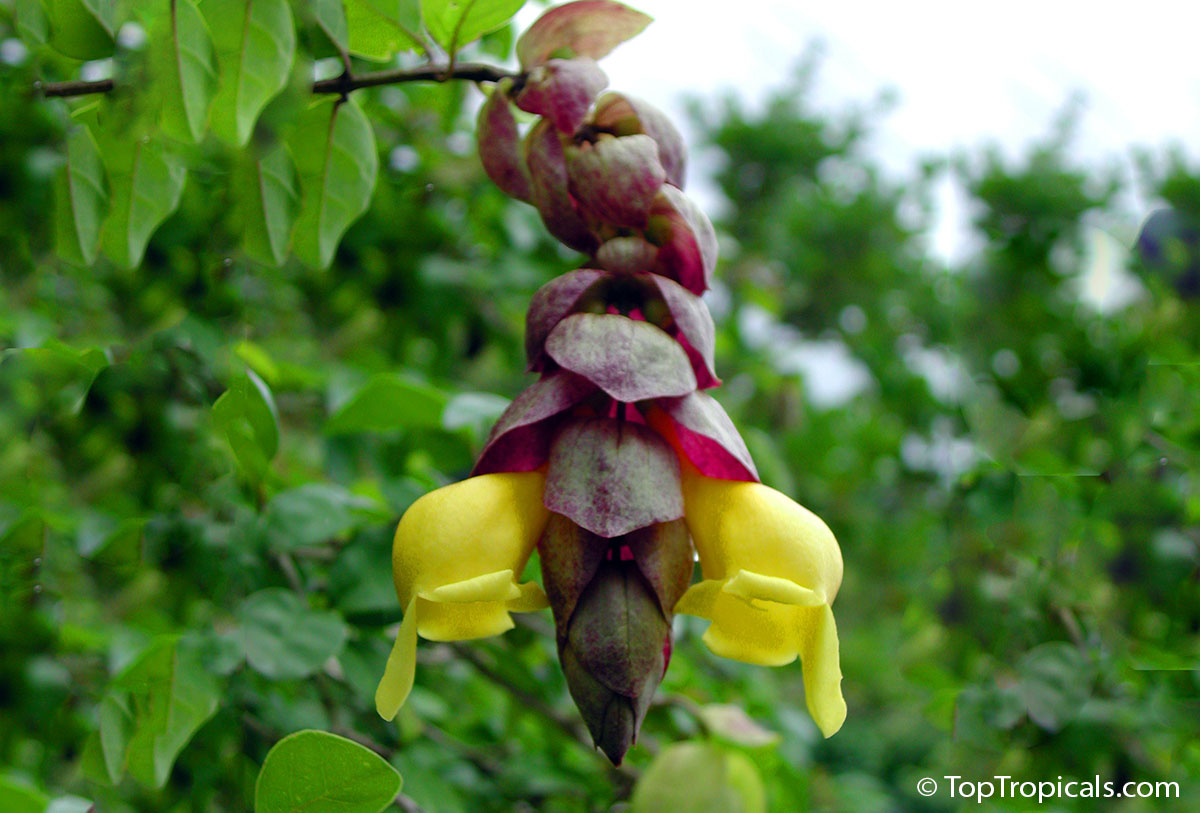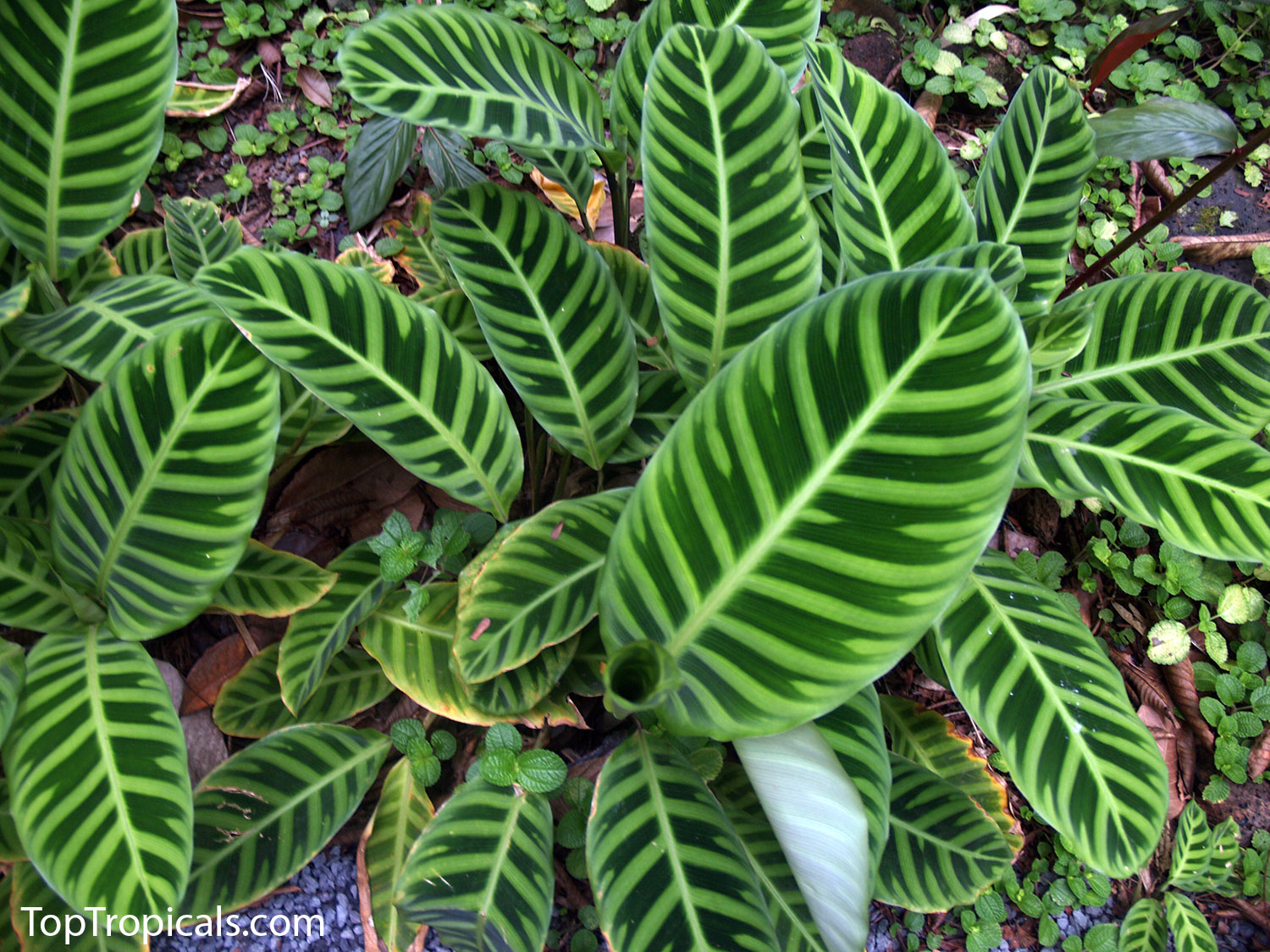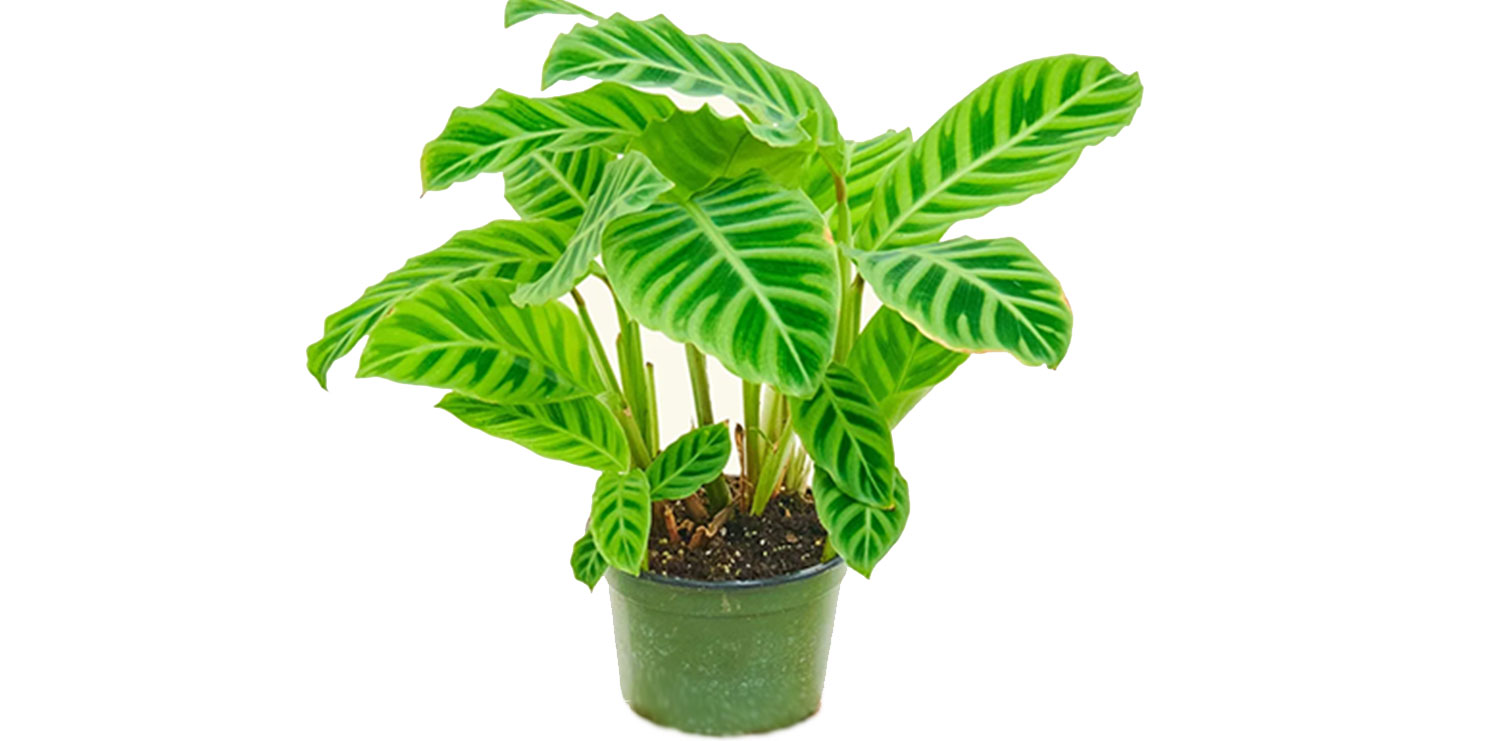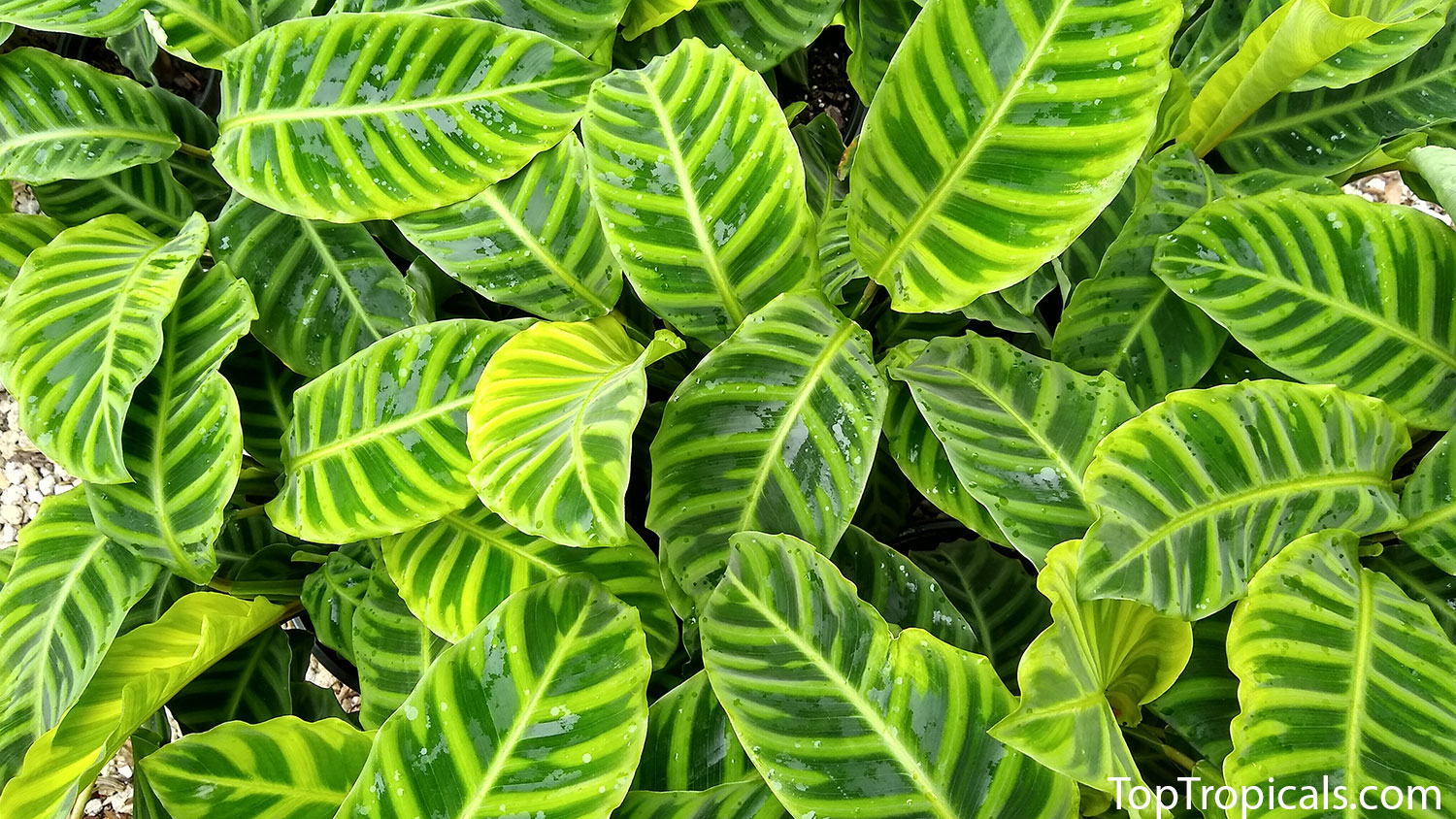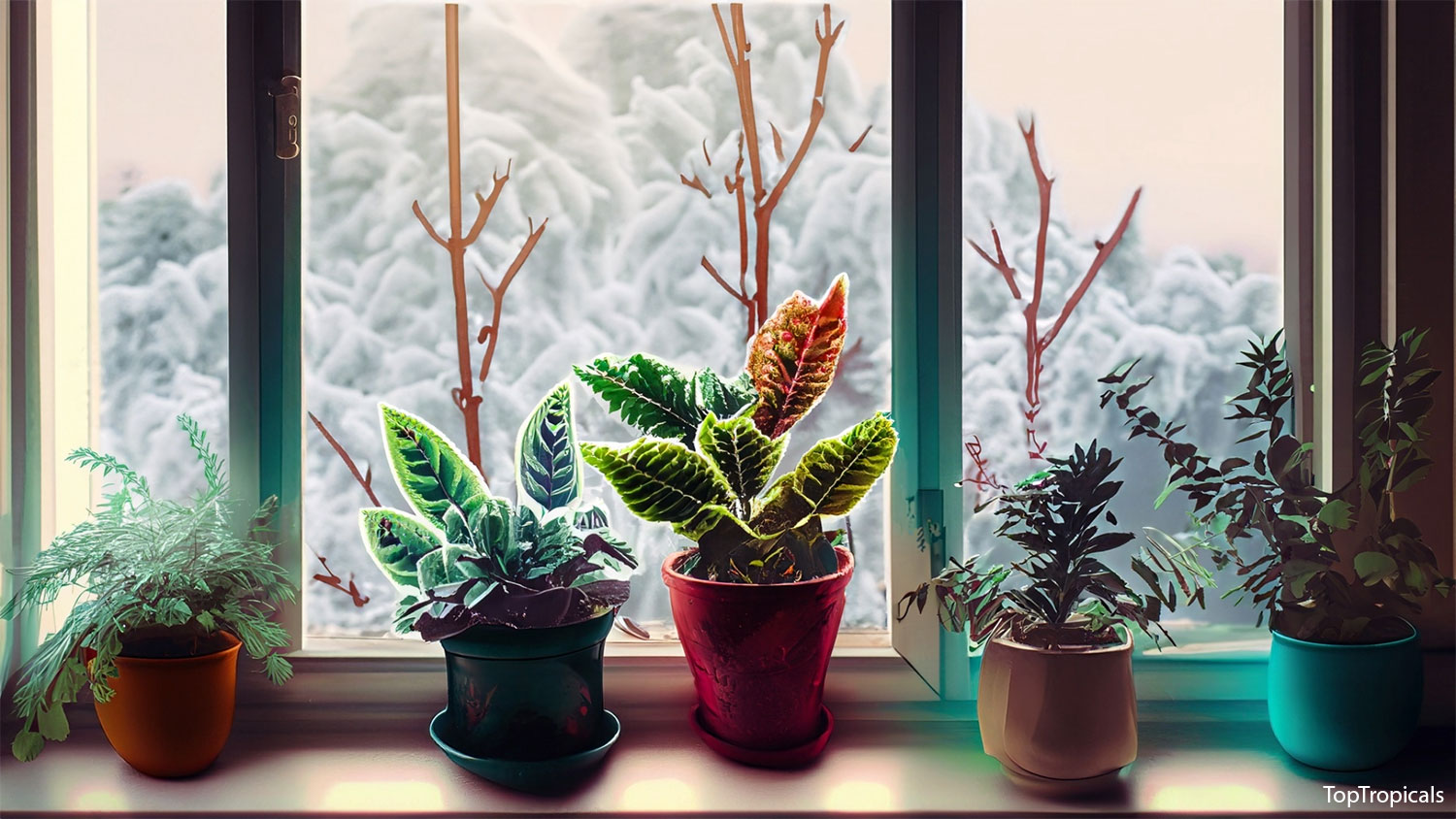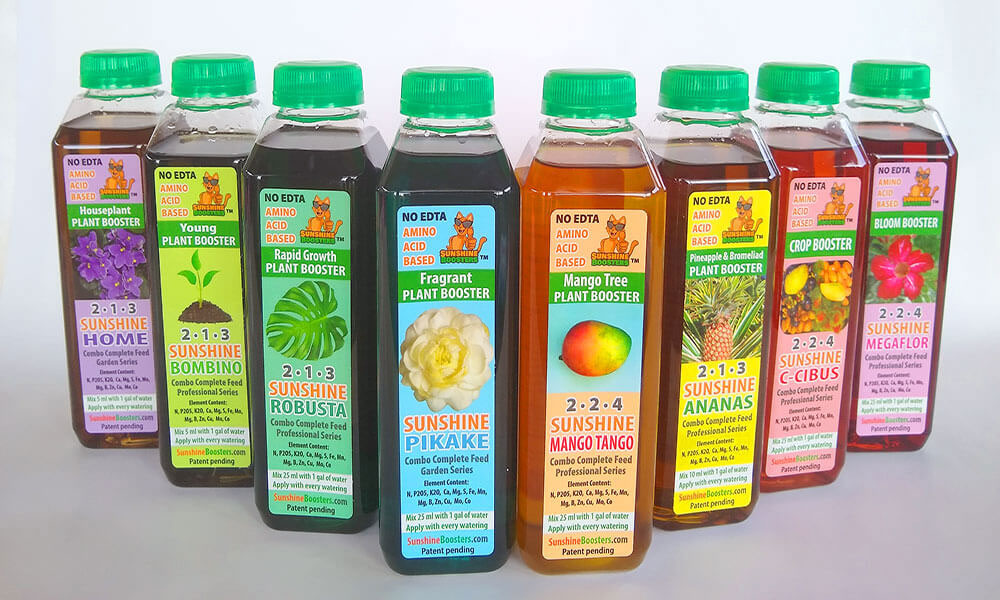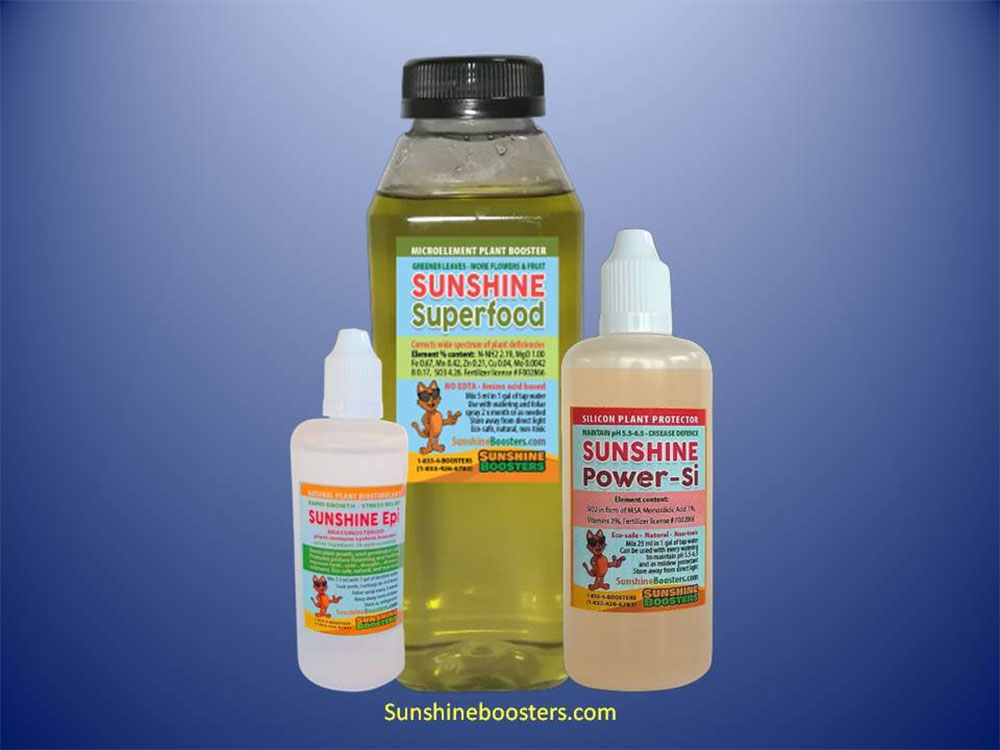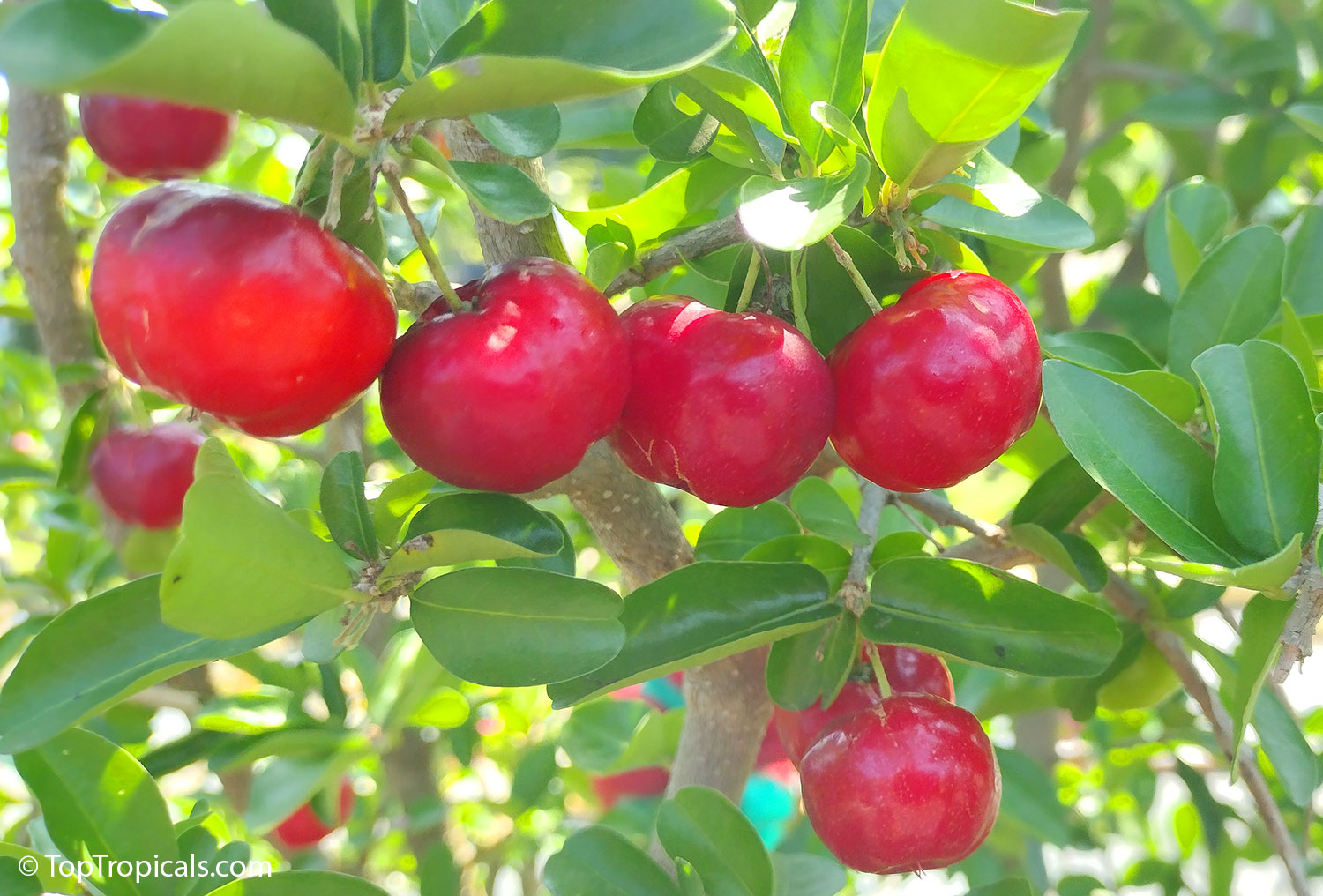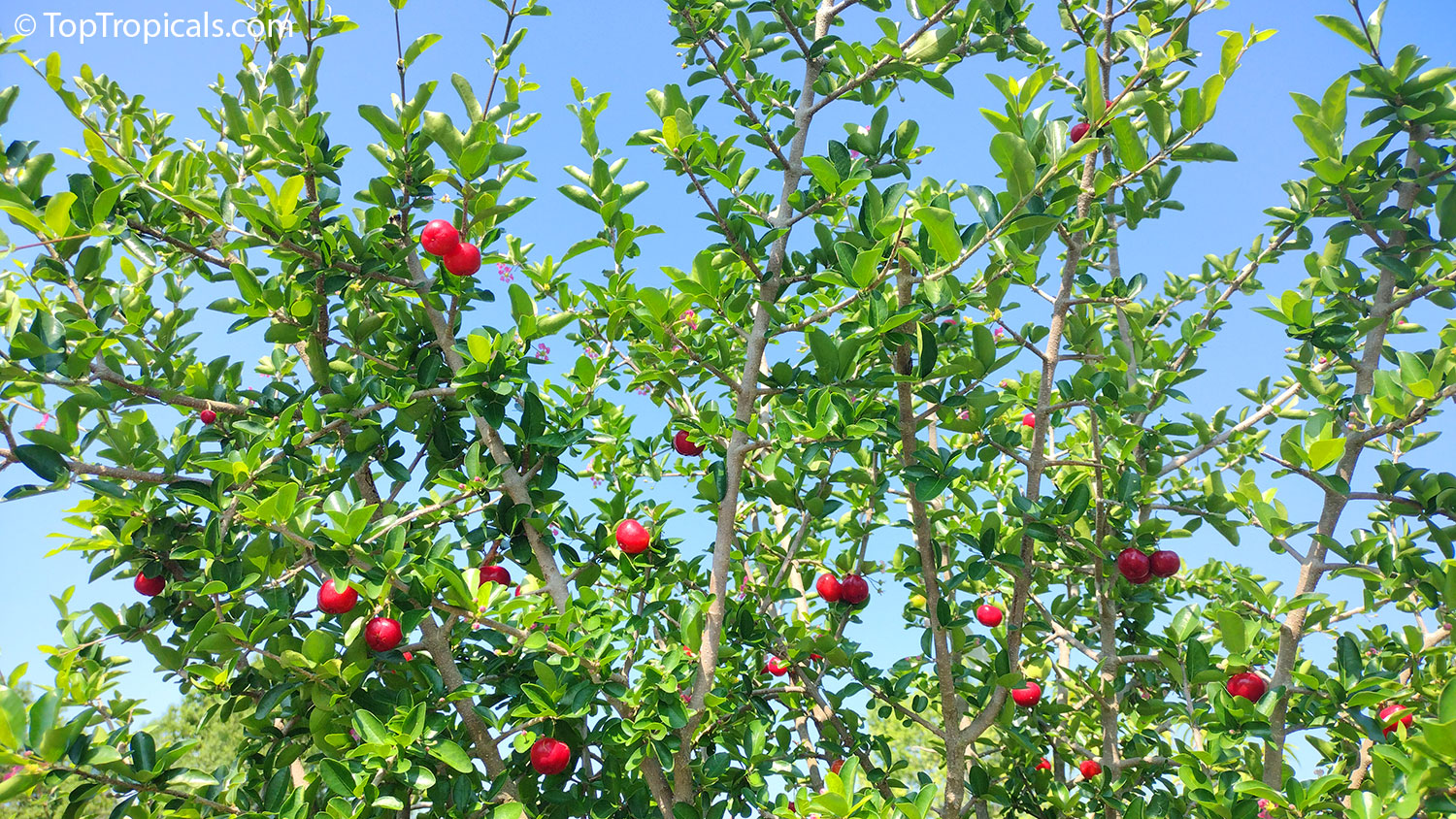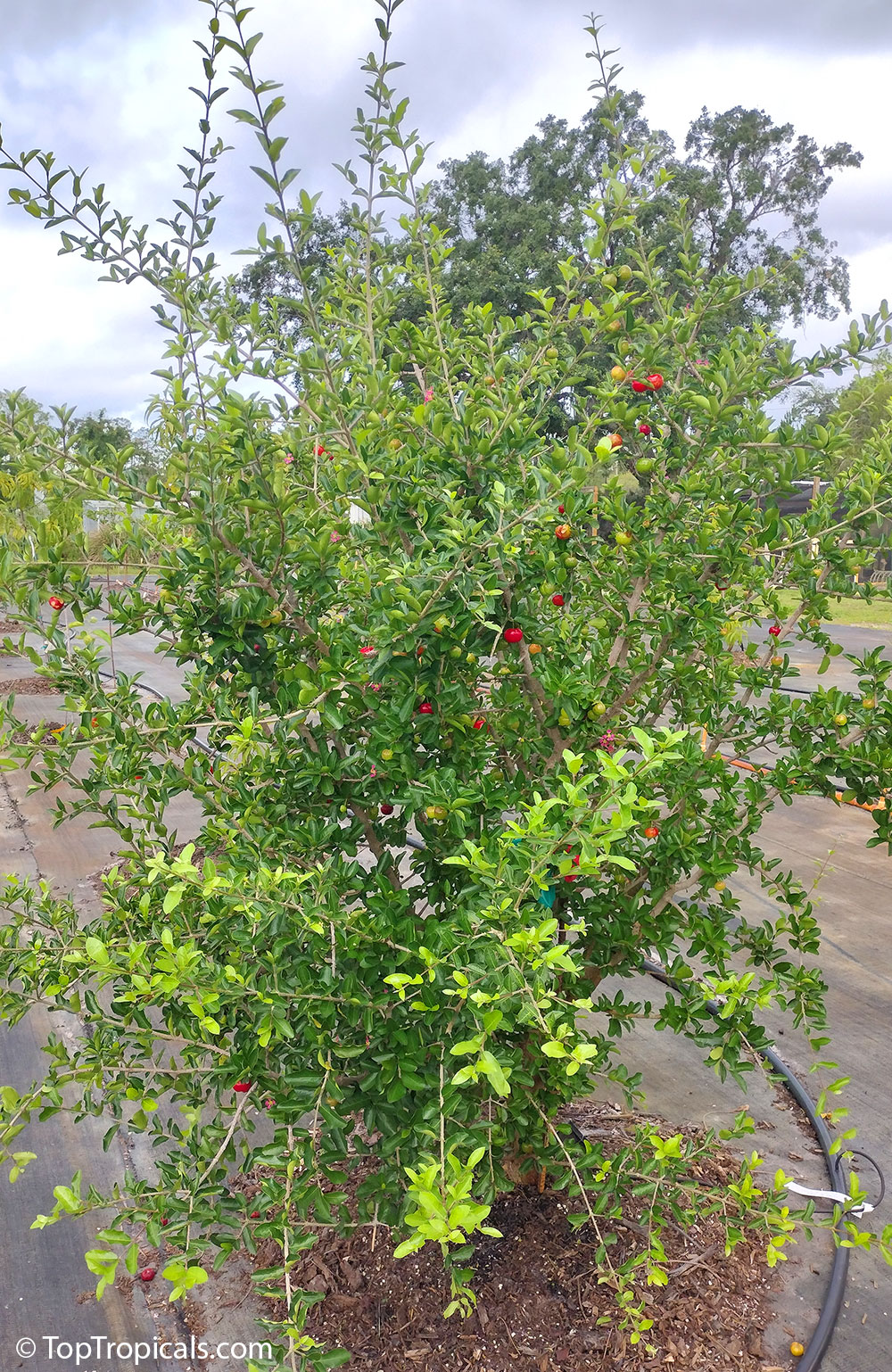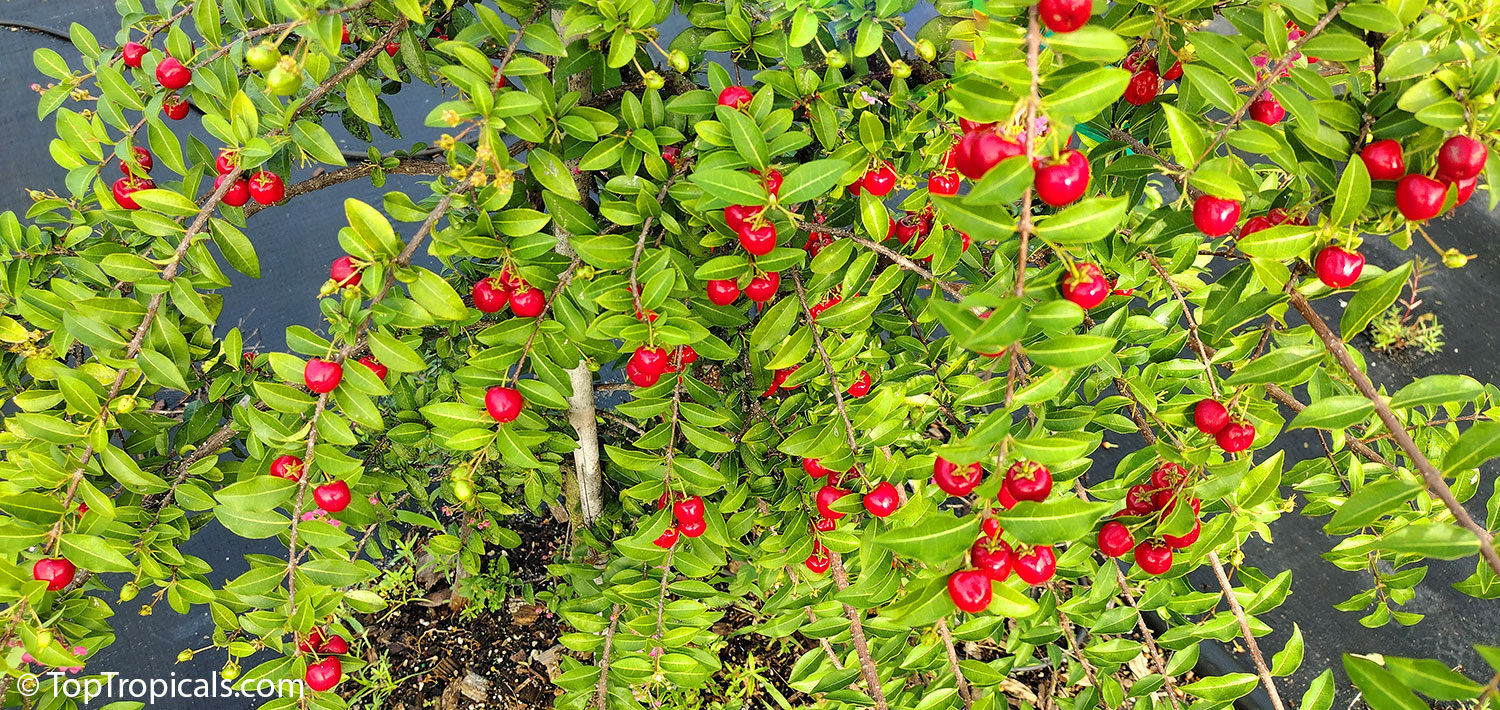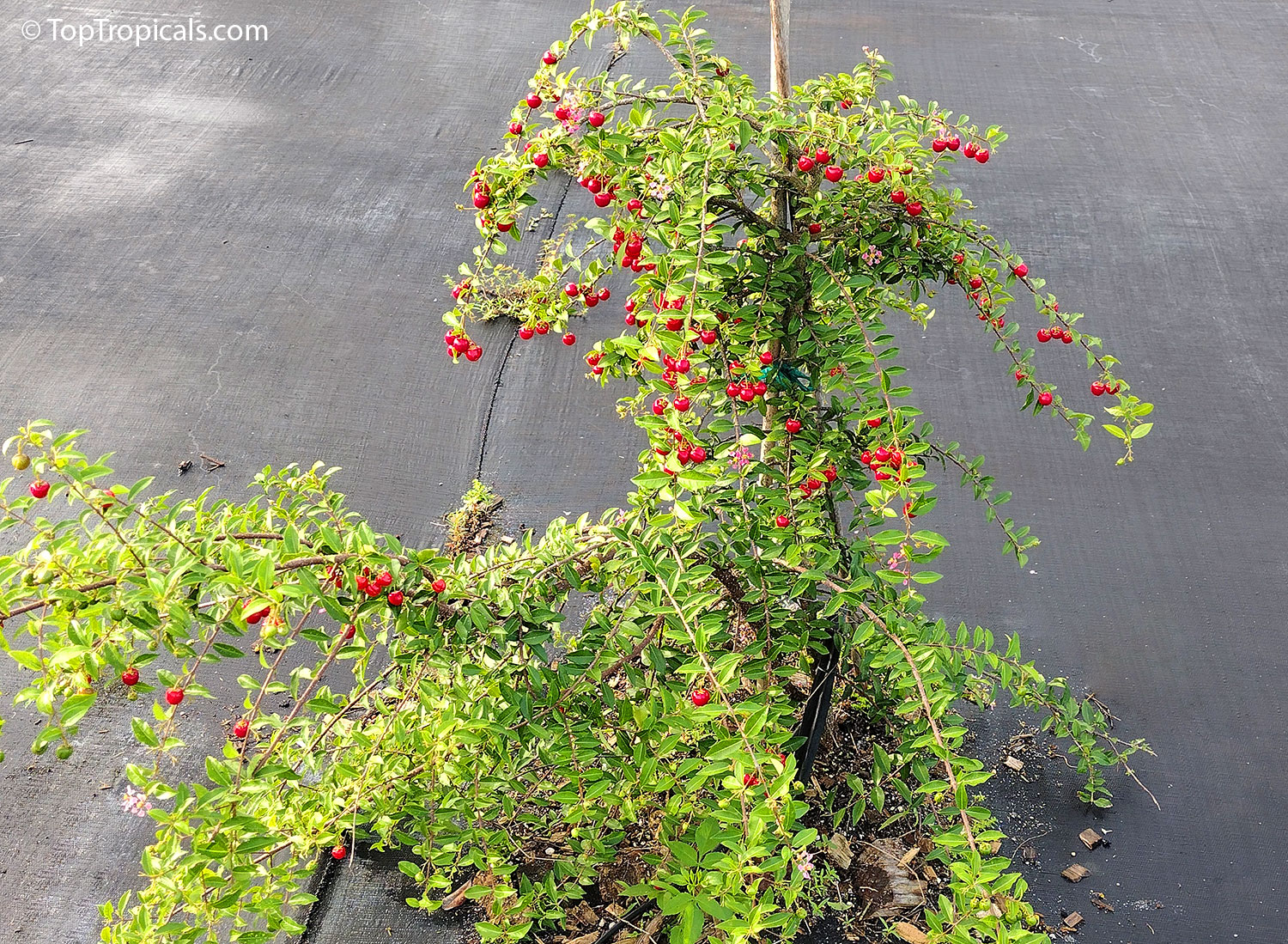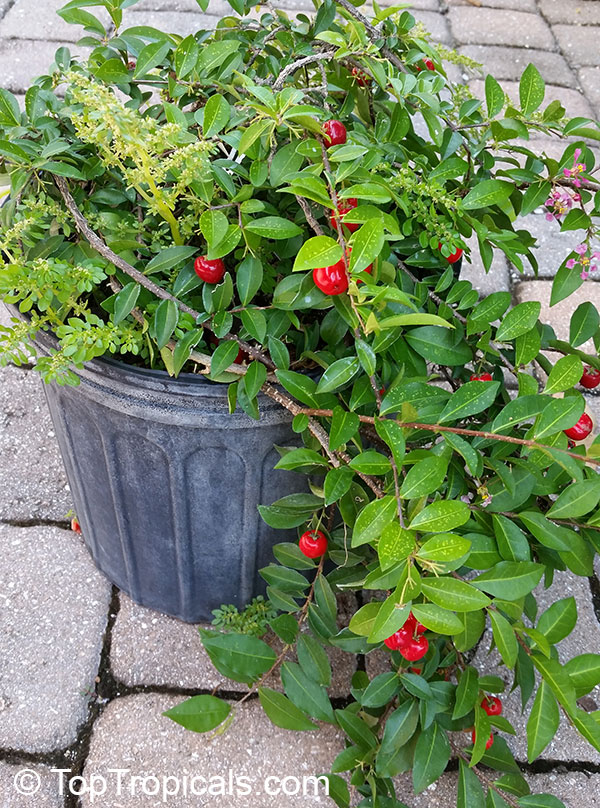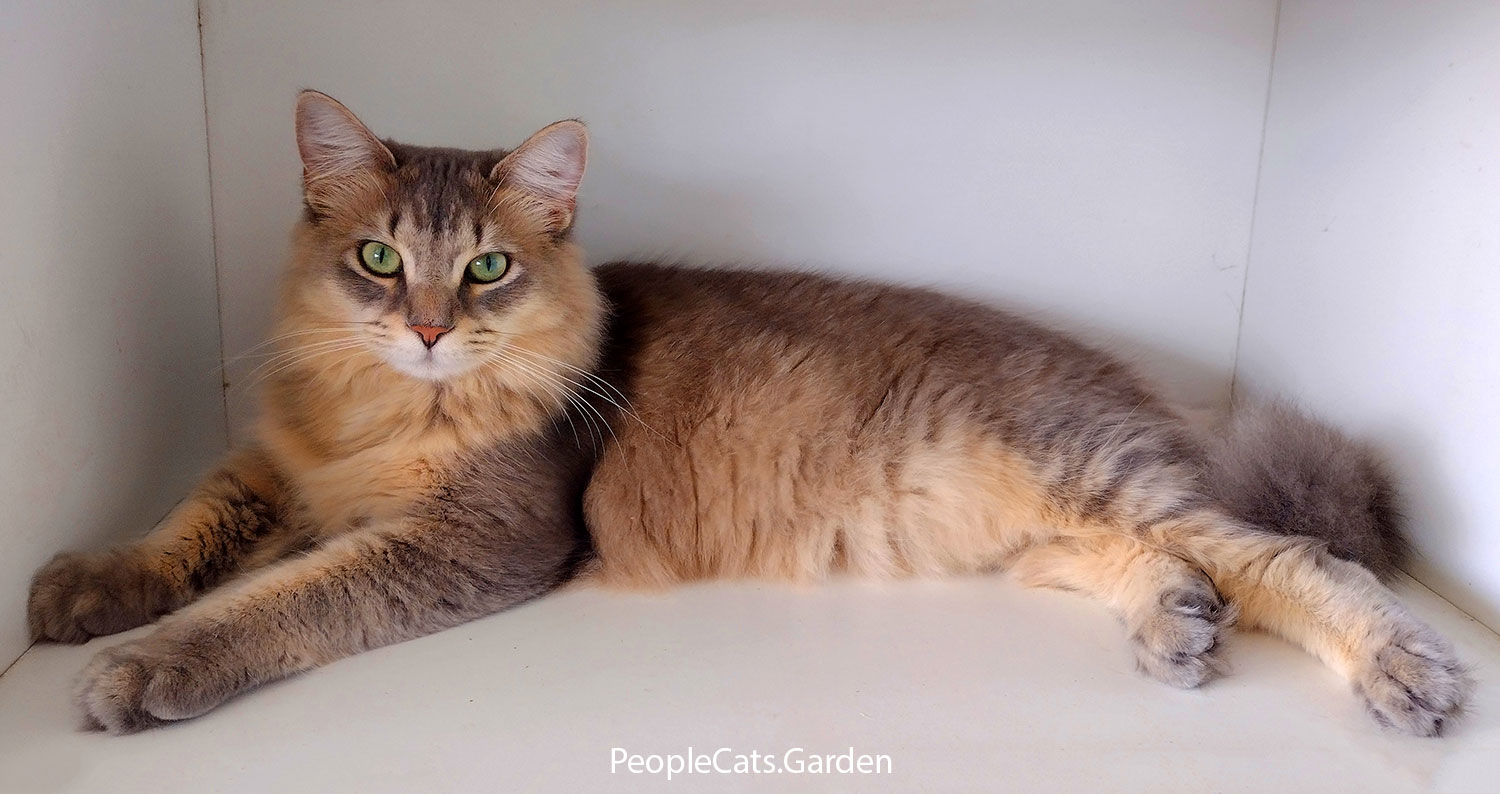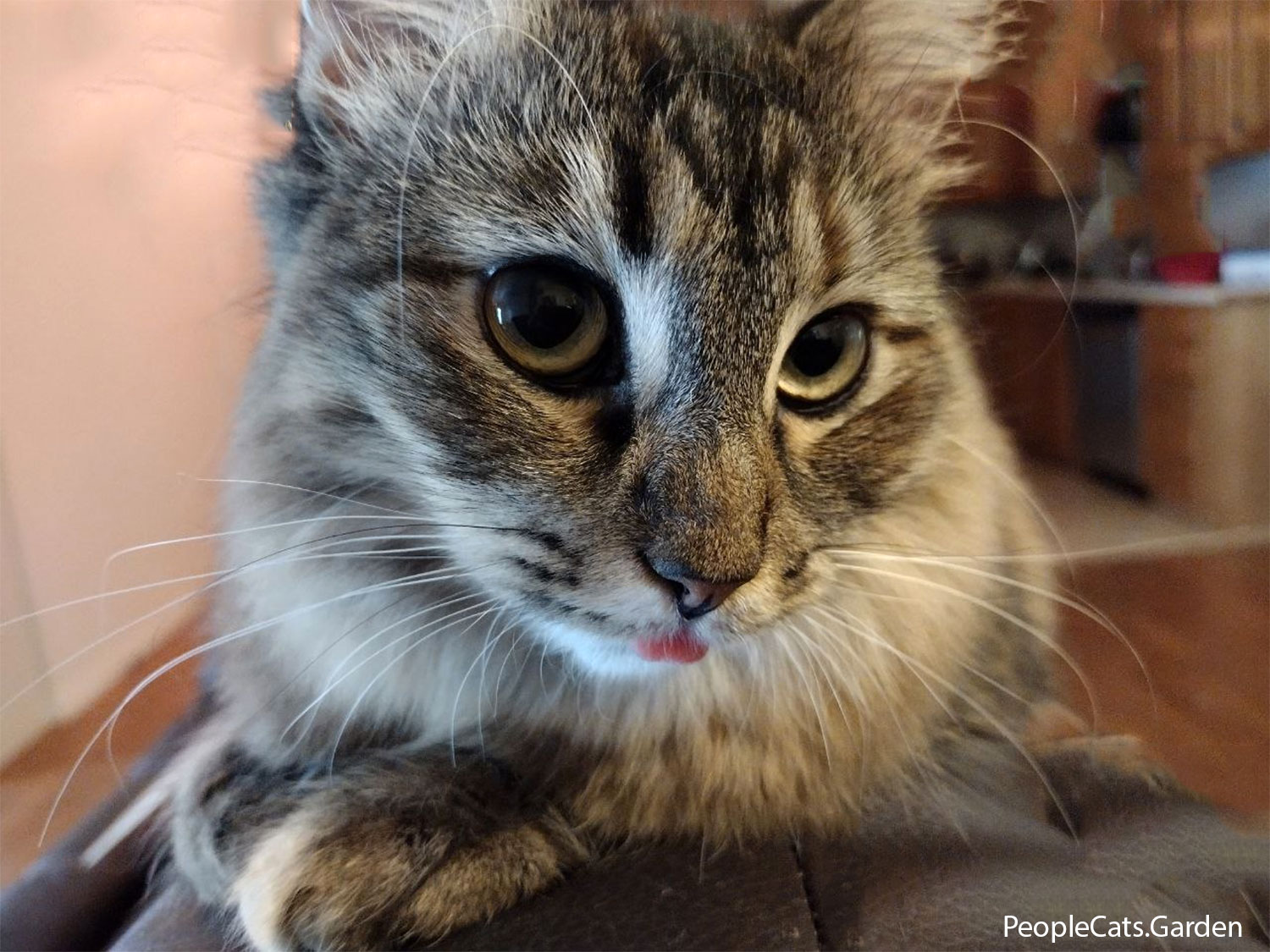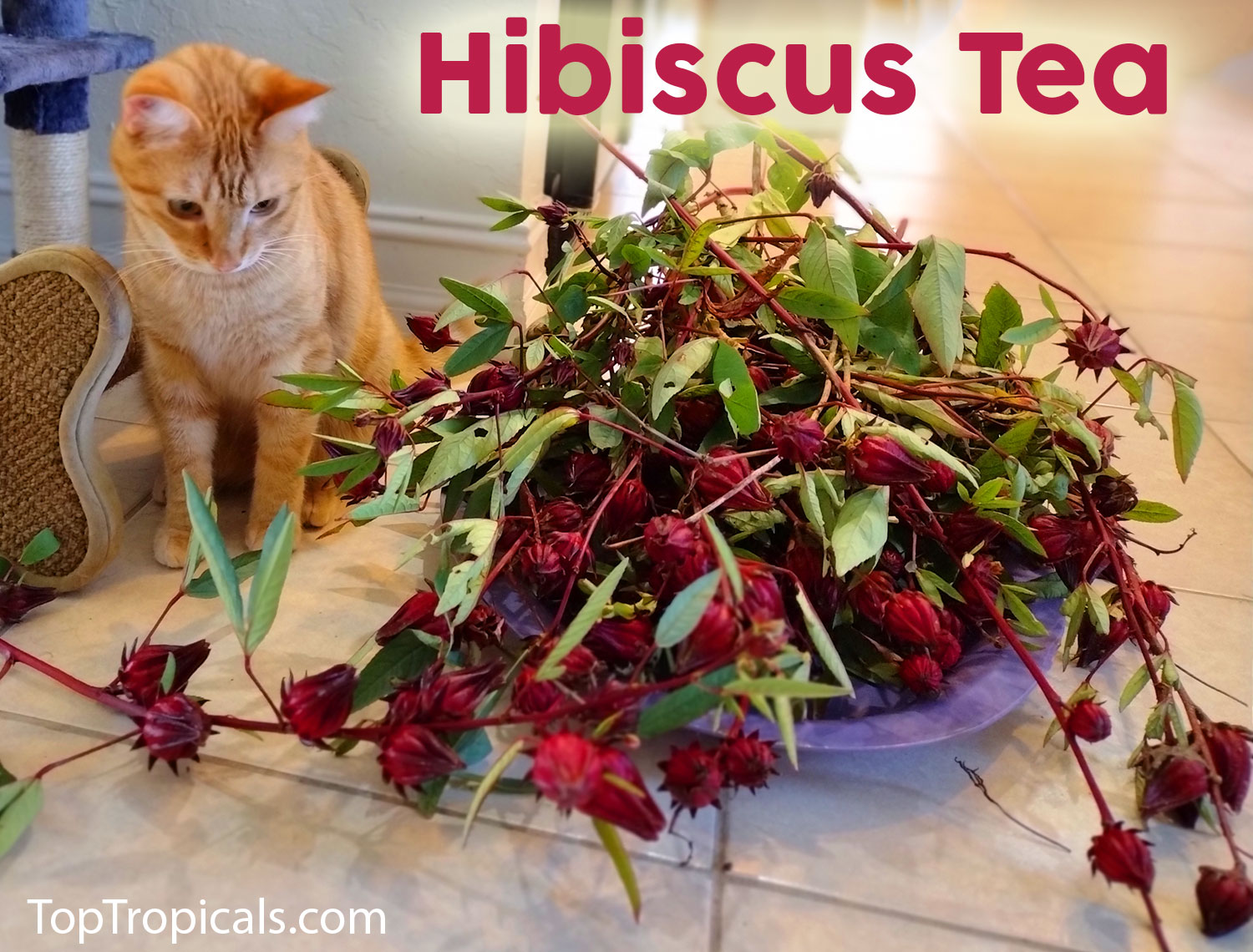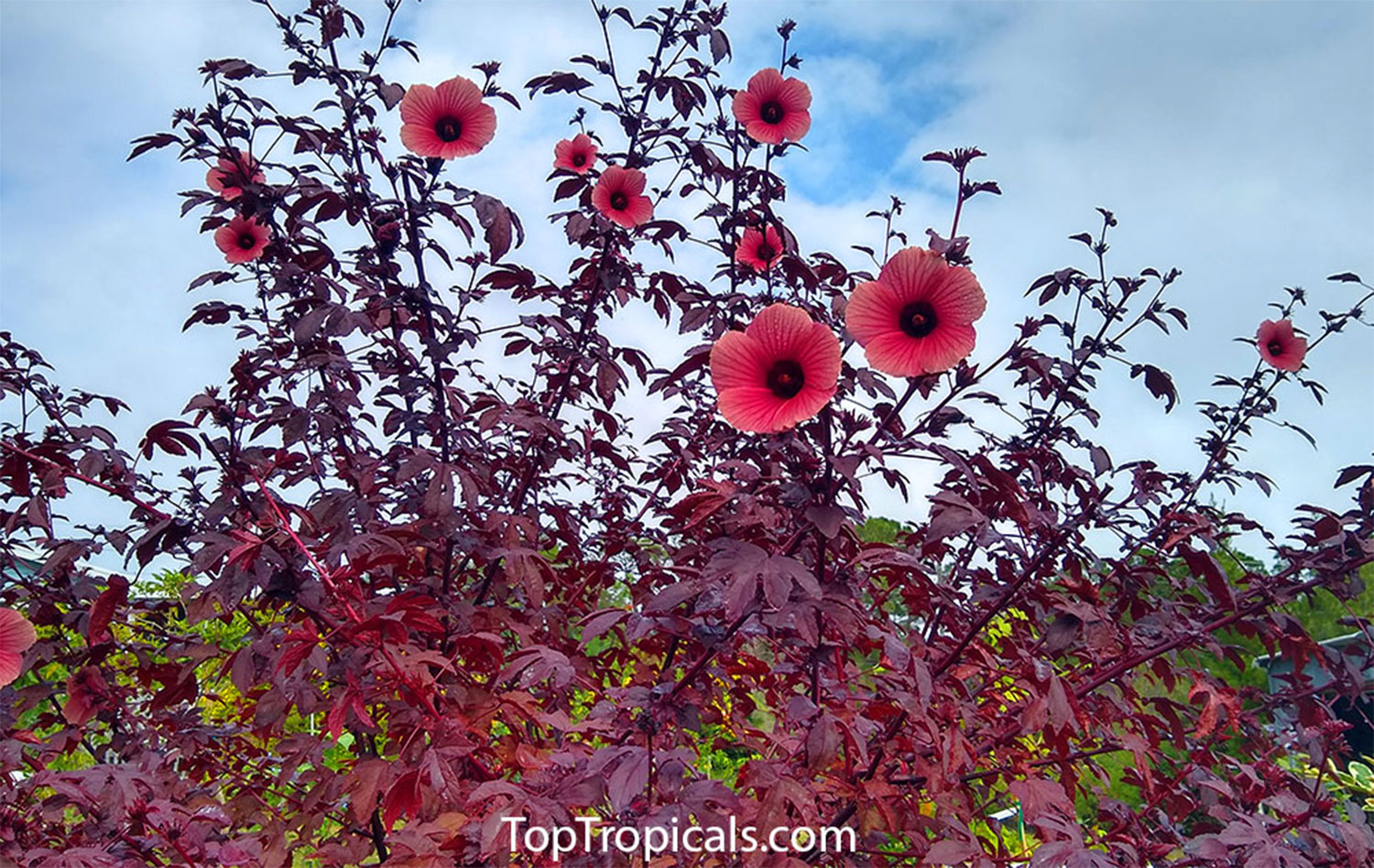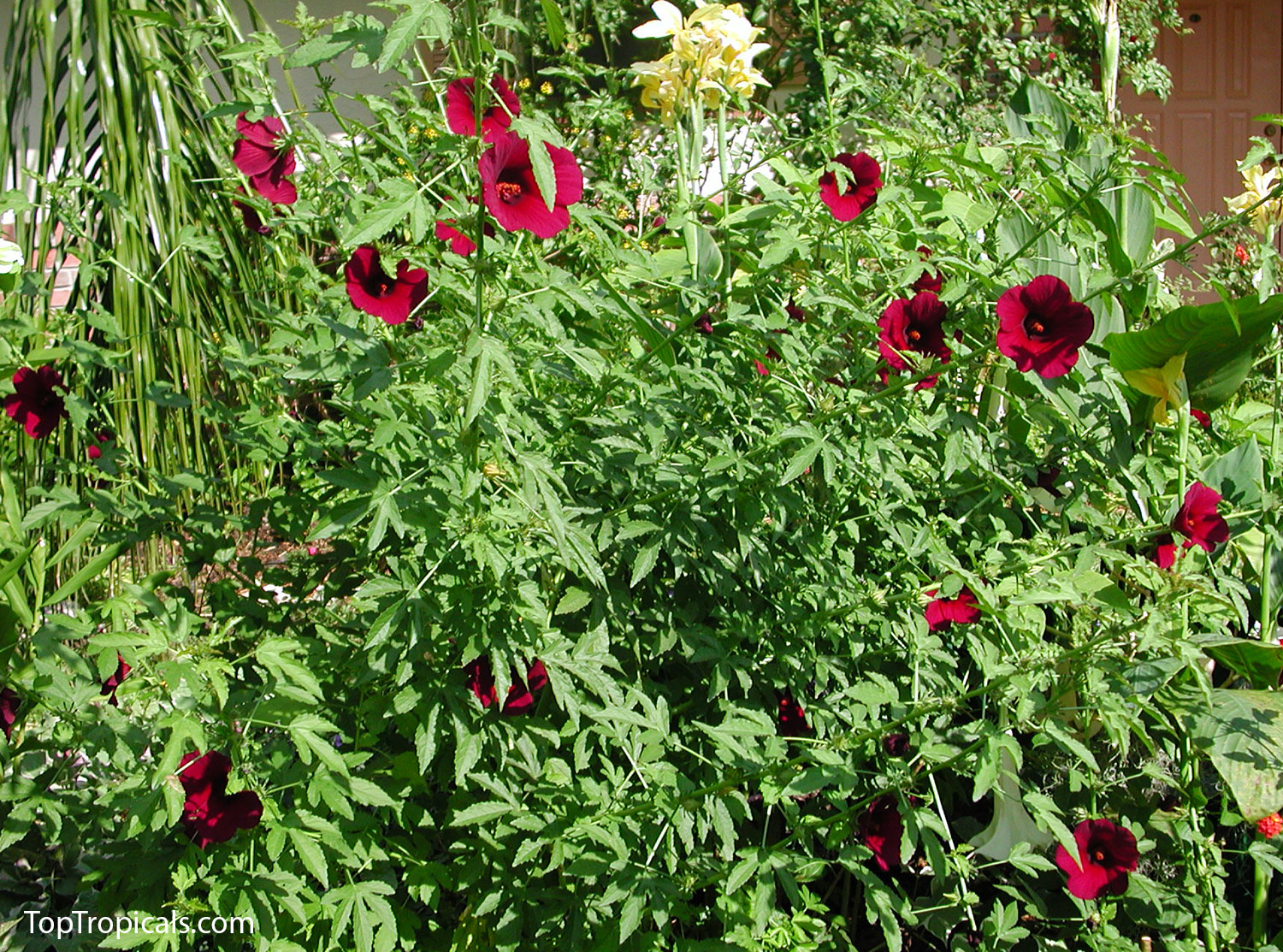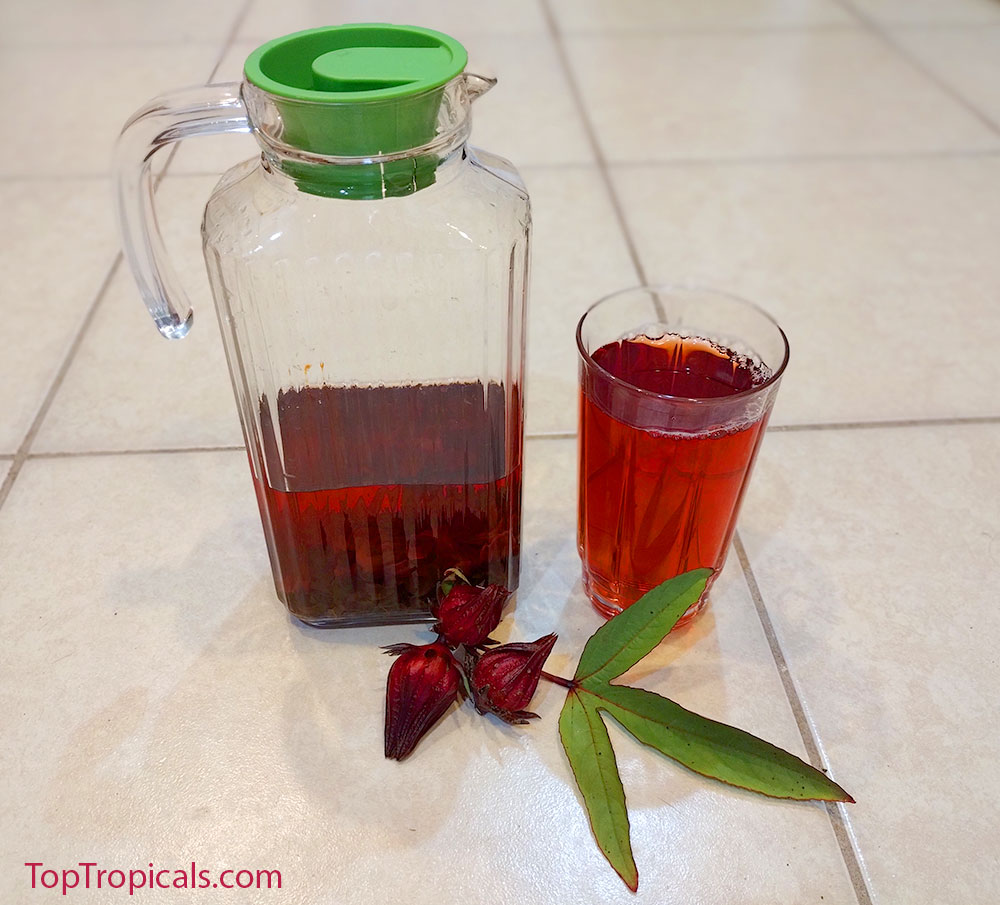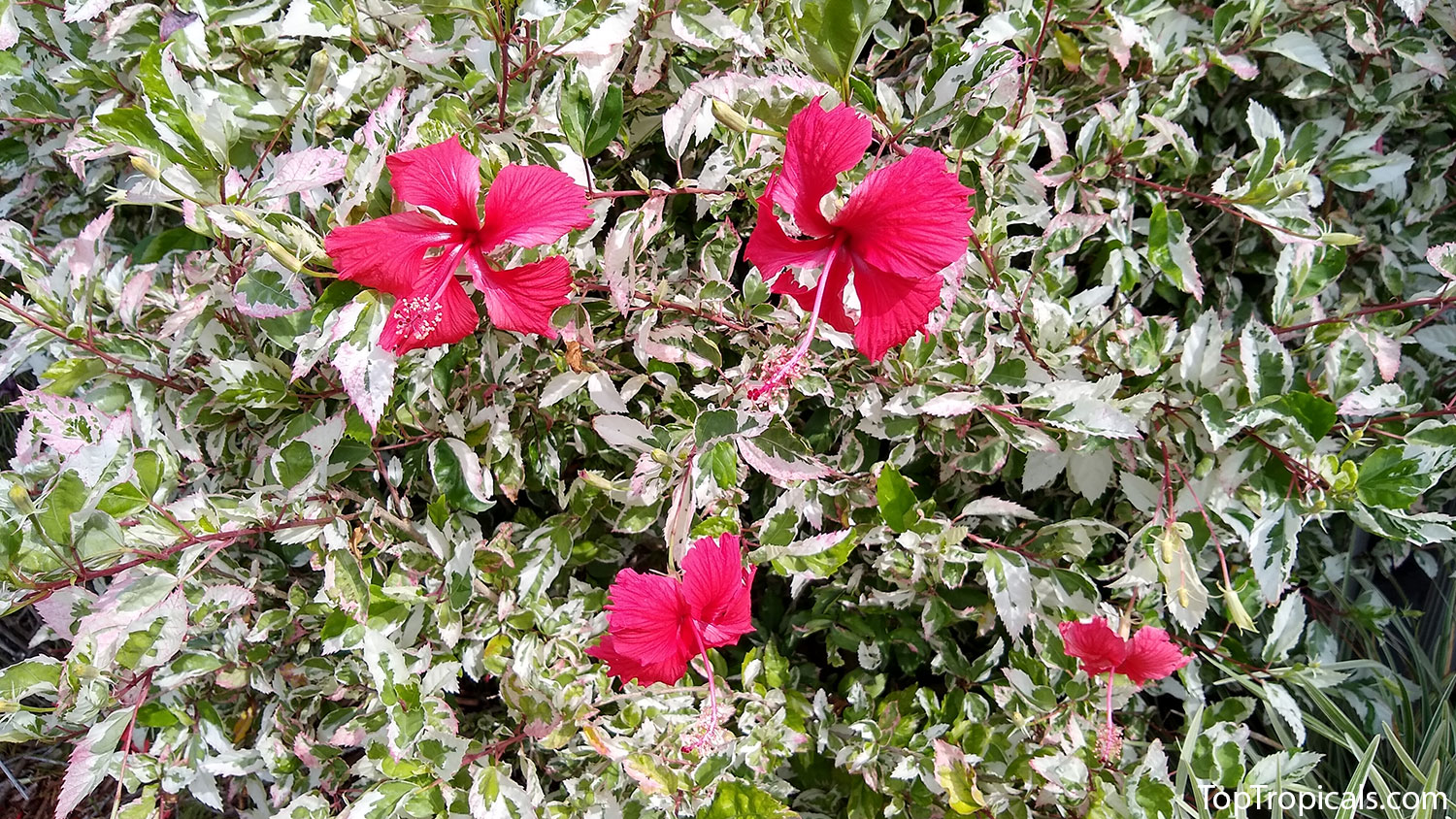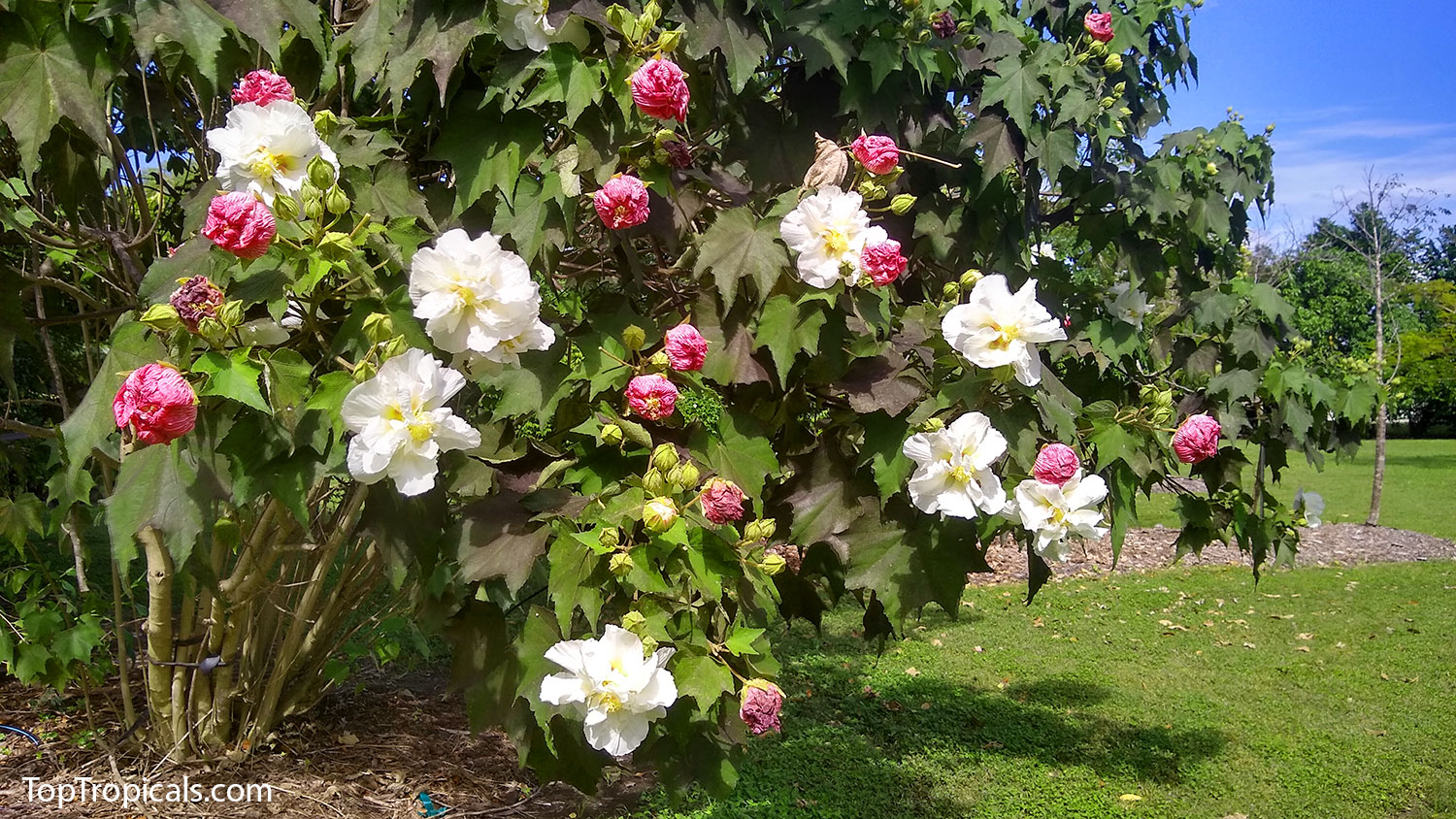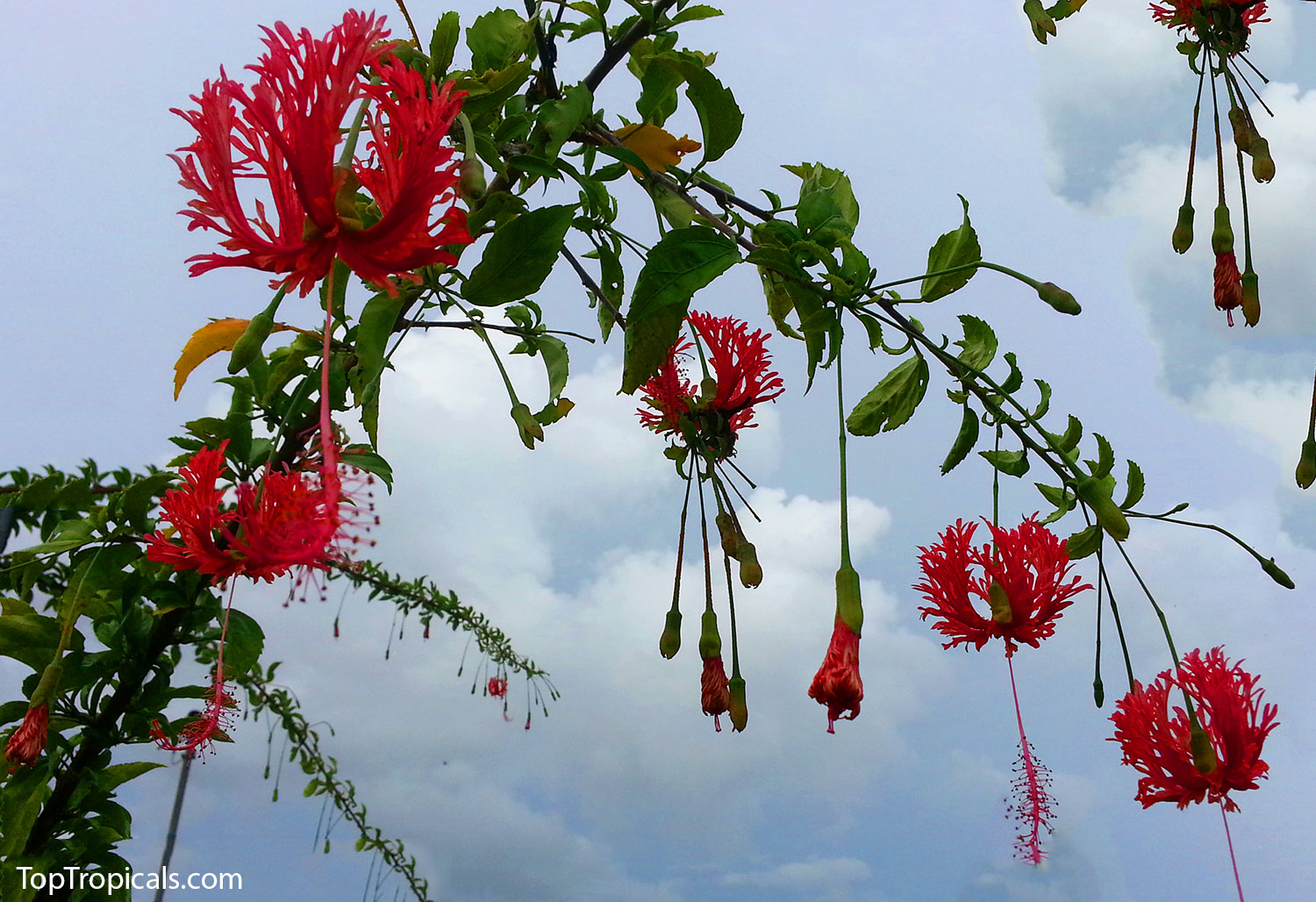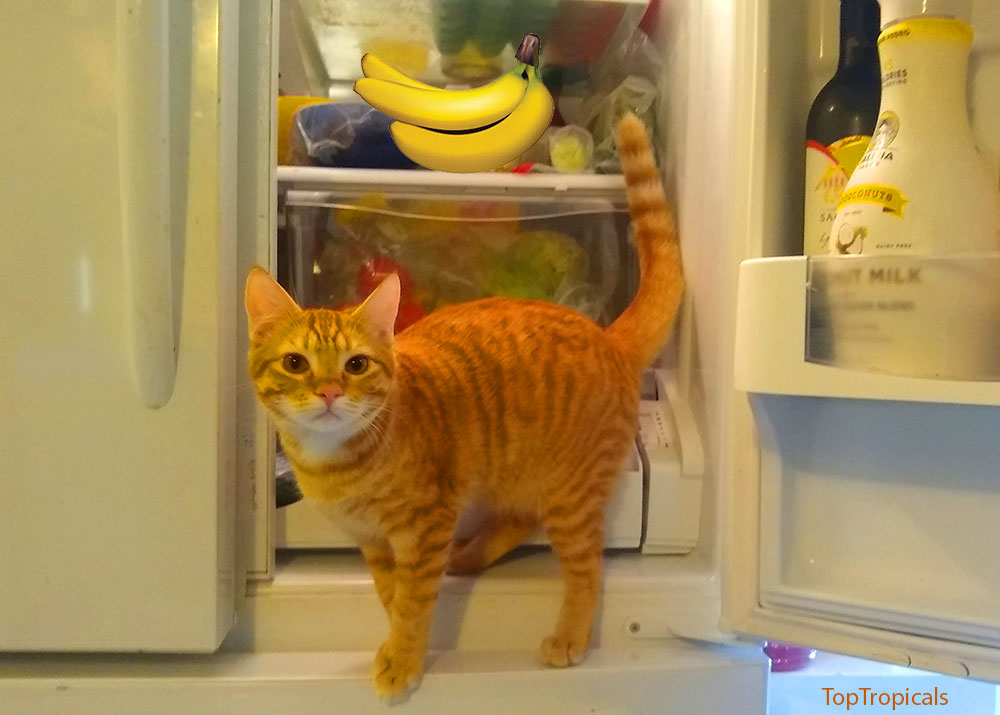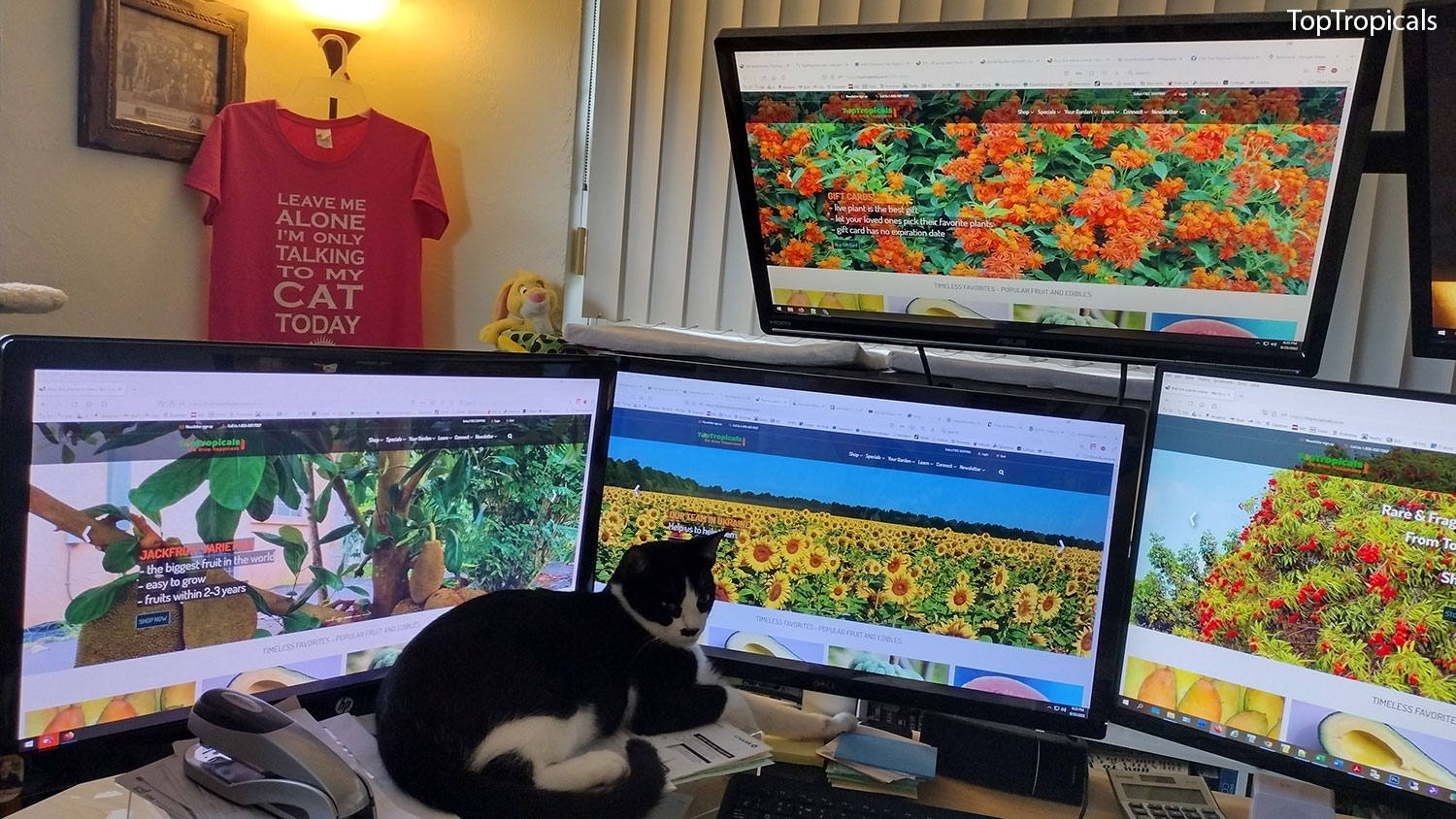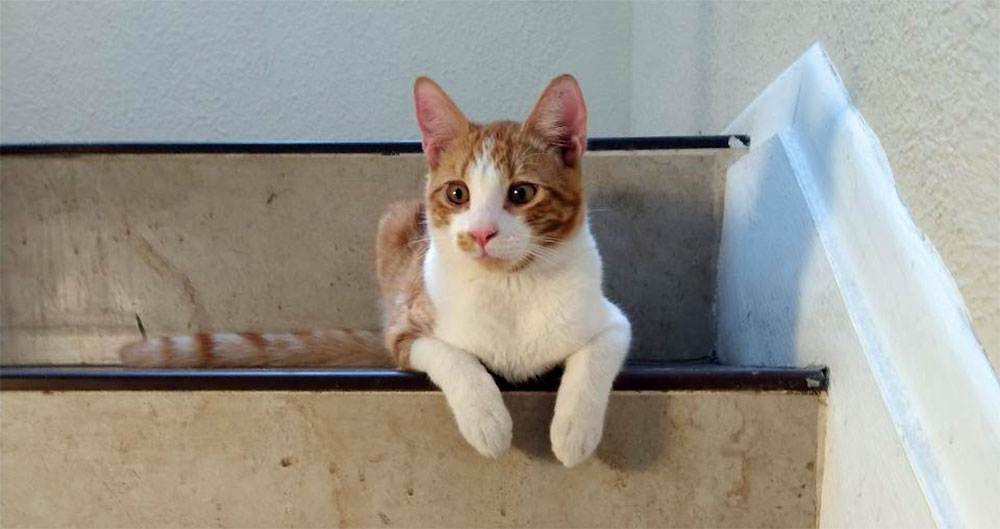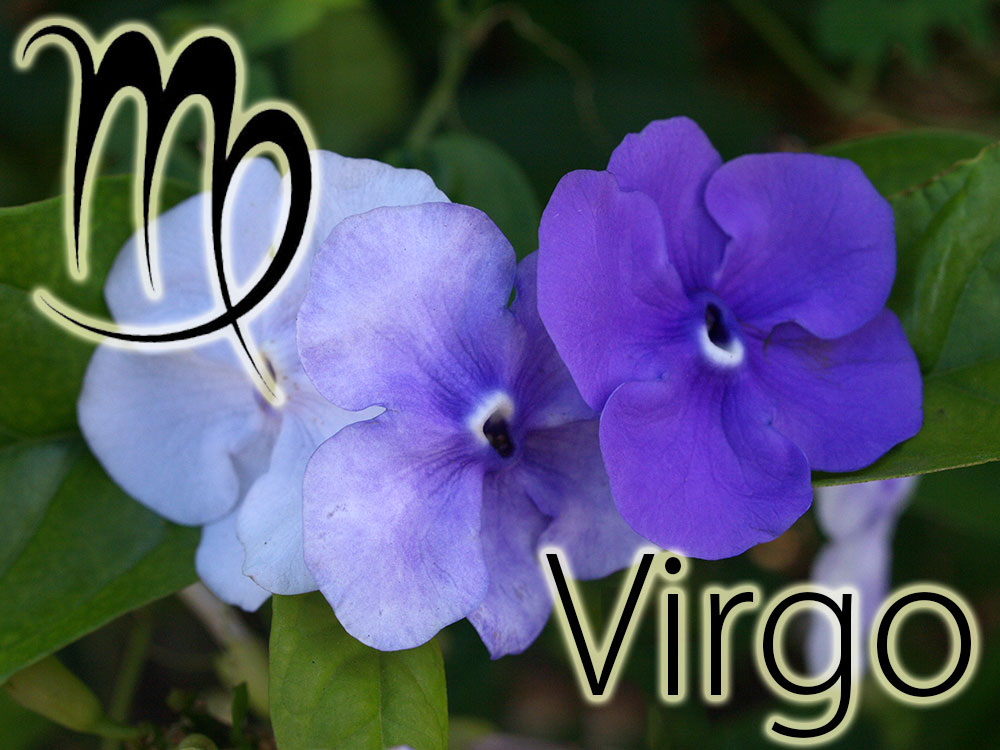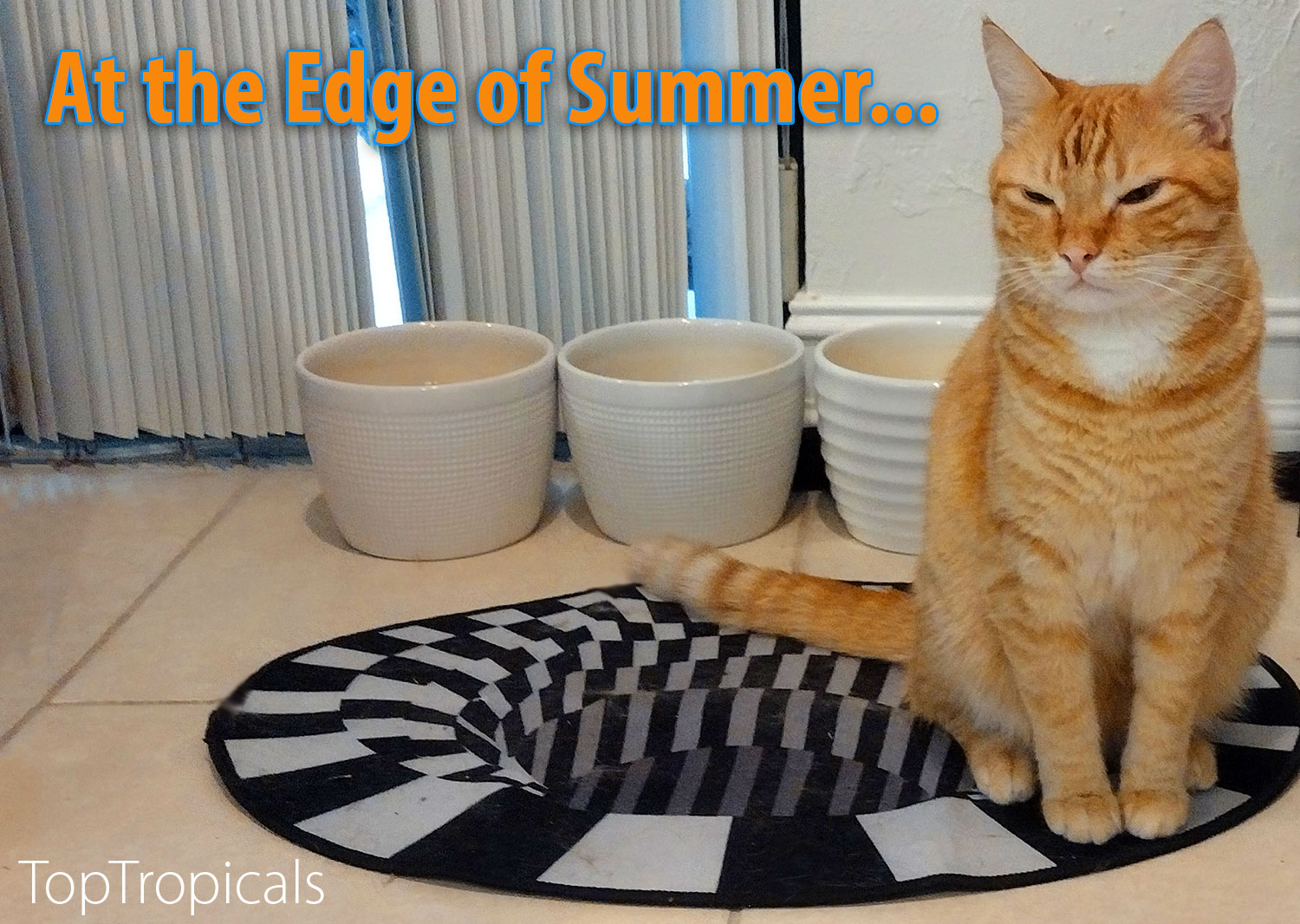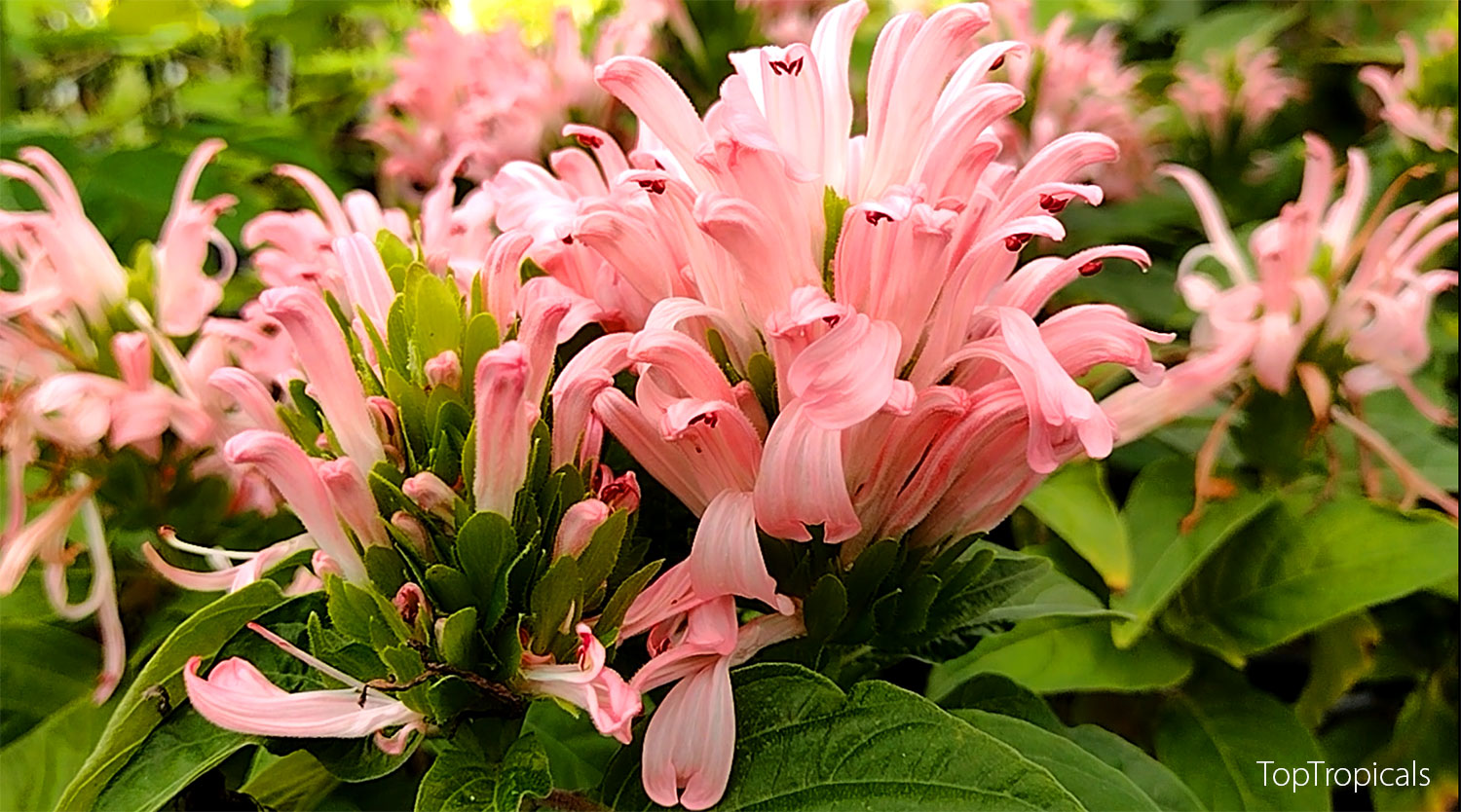Date:
How to
establish Tabernaemontana
and get more fragrant blooms
Q: I purchased Tabernaemontana australis from you back in June of this year and it recovered just fine, but the new growth got some chlorosis. Older leaves still look normal. The flowers also look normal but lack fragrance. Since I live up north, I have it in a heated greenhouse for the winter, with a grow light to compensate for the short days. I have it in a 10 inch clay pot in a mix of equal parts standard indoor potting soil, peat moss, and perlite. It gets fed with half strength 10-10-10 about once a month on average. Is there some specific culture that you would recommend for this plant ? I really love it and want it to thrive.
A: Tabernaemontana is a plant that may take some time to establish itself, and leaf chlorosis often becomes a common issue when the root system is not well-established. This symptom is indicative of Iron deficiency, and possibly other micro-element deficiencies, such as Boron or Molybdenum, which become more apparent when the plant receives excessive water. This problem tends to intensify as temperatures drop, particularly when a combination of cool and wet conditions prevails. It's worth noting that your potting mix seems to be appropriate for this plant.
In light of these circumstances, we recommend the following steps:
1) Reduce watering during the cooler season, especially when daylight hours are shorter. Allow the top layer of the soil to dry before watering again.
2) Consider supplementing with microelements using a product like Sunshine Superfood. You can apply this as a foliar spray and mix it with your watering can.
3) Maintain your regular fertilizing program throughout the
winter months, but ensure that you use only liquid amino-acid fertilizer, such
as
Sunshine Megaflor. Follow the instructions on the label for the correct
dosage and apply it with each watering, even during the winter. Since you will be
reducing amount of water, the amount of fertilizer also will be adjusted
accordingly.
Important: do not use any dry fertilizers during winter months
(Nov-March).
Regarding the fragrance of the flowers, they typically emit a mild, sweet scent, although it may not be as potent as that of gardenia or jasmine. The strongest aroma usually becomes more prominent during warm (but not excessively hot) and humid conditions, particularly in the morning hours. As the plant grows larger and healthier, the fragrance should become more intense because the flowers produce more essential oil when the plant is robust. You may also apply Sunshine Honey supplement to improve flower quality and fragrance strength.
